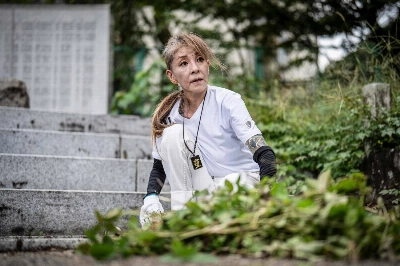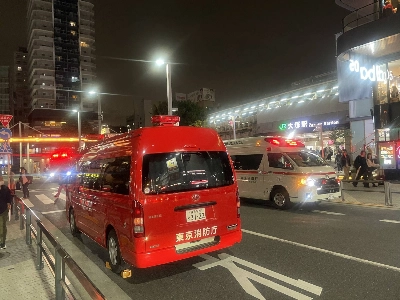When he was a child, Toshiaki Hiwatari loved nature. "I was born in 1945 in Hyogo Prefecture," he said. "In my boyhood I spent a lot of time walking around Mount Rokko." Those were the years when there were far fewer alternative claims for the attention of young boys and girls. Nature was still evident, without the overlaying of concrete on riverbanks and seashores, and the penetration of new roads carrying heavy traffic. On Mount Rokko, Hiwatari found little-used footpaths where he roamed through quiet woods and over open hills. He grew up familiar with small creatures and birds, trees and the change of the seasons. His memories of being a boy in the country stay with him.
He loved history too. "I wandered around the temples in Kyoto and Nara," he said. "Their atmosphere then was peaceful. I used to think back over the centuries, and imagine the events that took place there."
During the summers of his high school years, Hiwatari joined archaeological groups. He helped on digs at the sites of old temples. "One of them was the excavation of a seventh century temple," he said. "We found that in structure it resembled the Horyuji Temple in Nara. Now the site has become the commemorative park of the remains of Itami Temple. When I had just turned 30, imagine my surprise when I suddenly received a letter of appreciation from the city of Itami for helping with the excavation. I treasure that letter. I was amazed that they kept records of all the people who had taken part in that excavation."


















With your current subscription plan you can comment on stories. However, before writing your first comment, please create a display name in the Profile section of your subscriber account page.